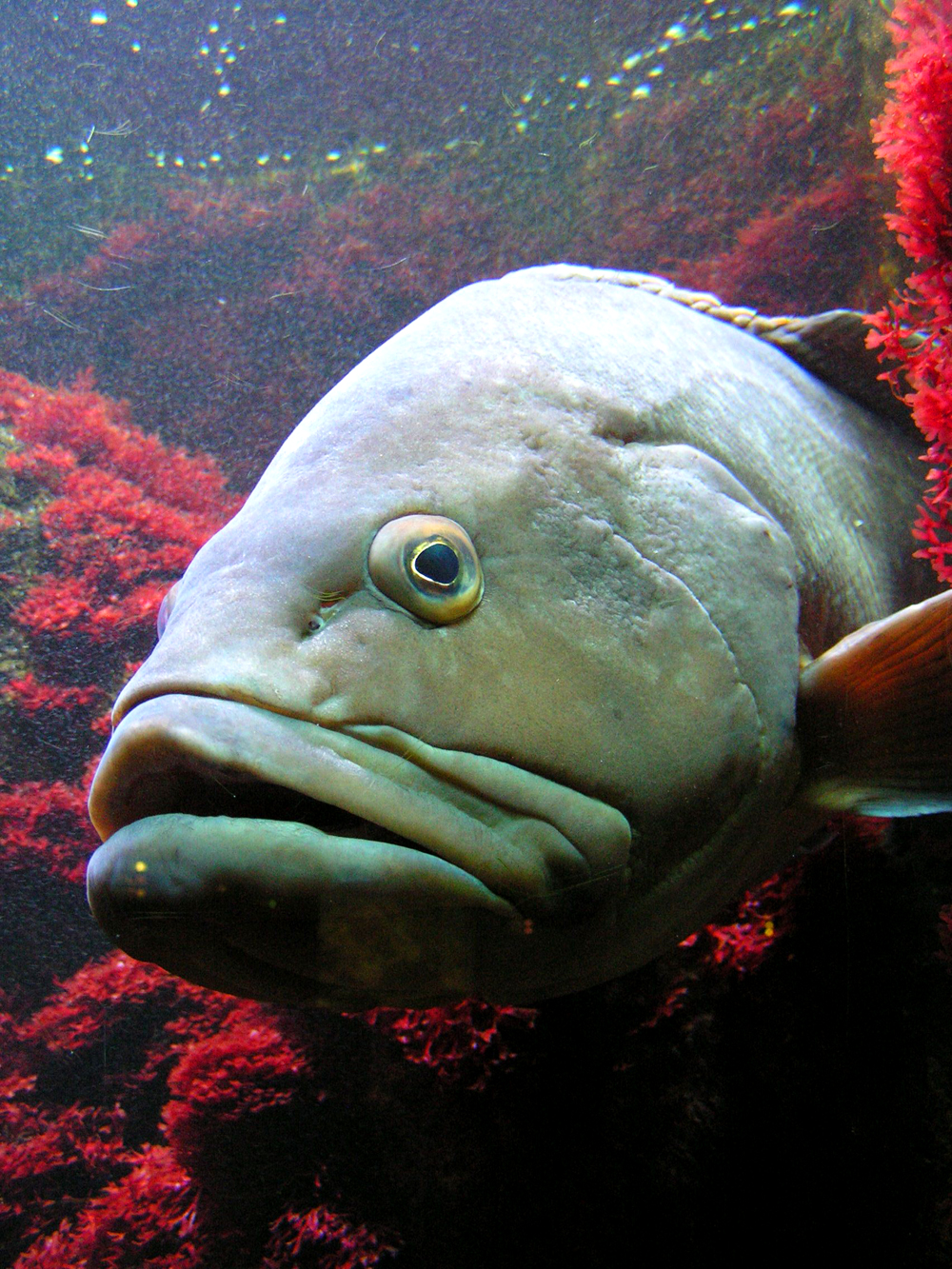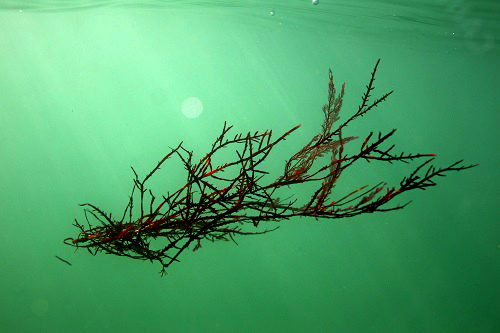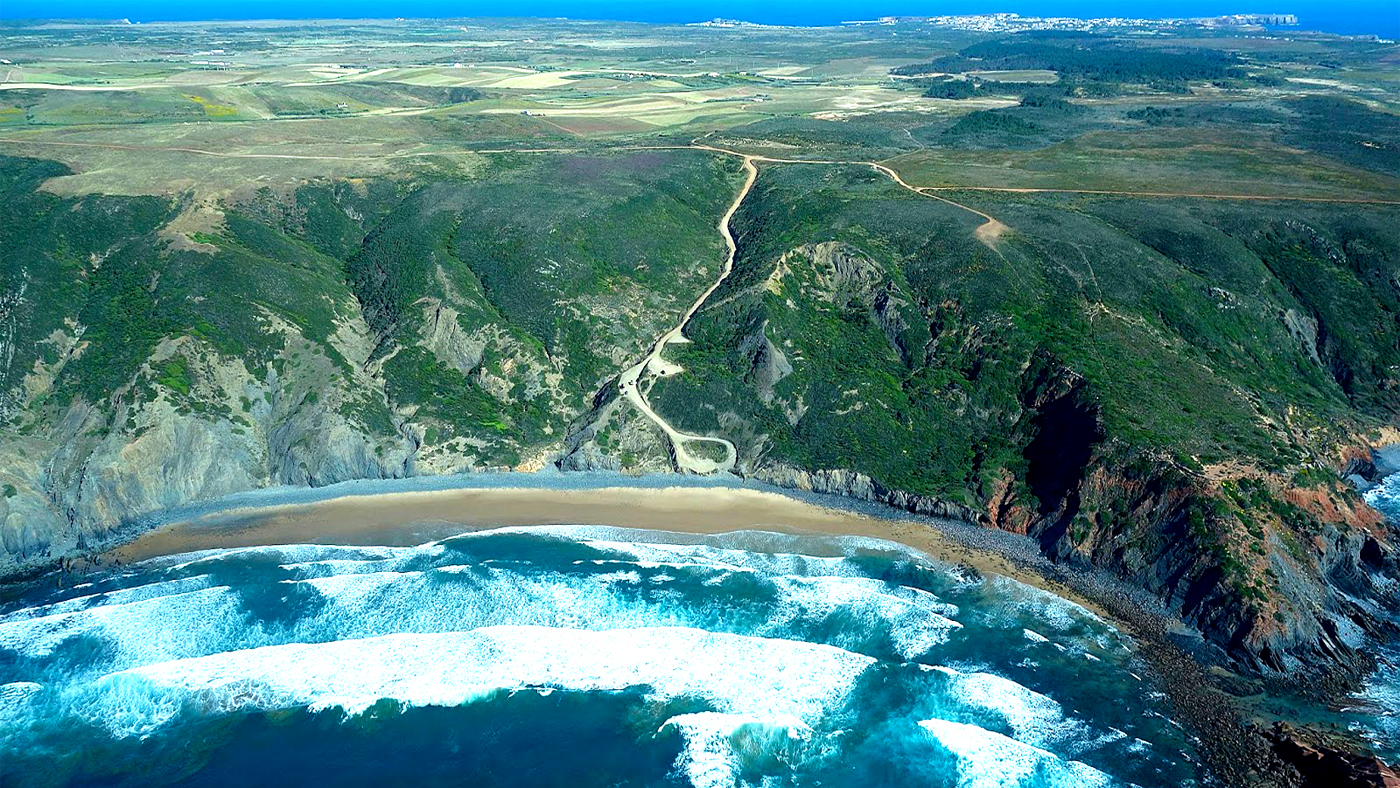• Black Kite (Milvus migrans) Aug.-Sep. 2)
• Egyptian Vulture (Neophron percnopterus) Sep. -Oct. 3)
• Red-billed Chough (Pyrrhocorax pyrrhocorax) resident 4)
• Alpine Swift (Tachymarptis melba) Mar.-Sep. 5)
• Blue Rock-thrush (Monticola solitarius) resident 6)
• Alpine Accentor (Prunella collaris) Oct.-Mar. 7)
• Spectacled Warbler (Sylvia conspicillata) Mar.-Nov. 8)
• Ortolan Bunting (Emberiza hortulana) Aug.-Sep. 9)
• Zitting Cisticola (Cisticola juncidis) resident 10)
• Booted Eagle (Hieraaetus pennatus) Sep. -Oct.
• Little Bustard (Tetrax tetrax) resident
• Tawny Pipit (Anthus campestris) Sep.-Oct.;
• Richard’s Pipit (Anthus richardi) Oct.-Dec.;
• Southern Grey Shrike (Lanius meridionalis) resident
• Pallid Swift (Apus pallidus) Mar.-Oct.
• Thekla Lark (Galerida theklae) resident
• Golden Oriole (Oriolus oriolus) April-September
• Black-eared Wheatear (Oenanthe hispanica) Mar.-Sep.
*Birds of prey and steppic species are best seen in the vicinity of Cape St. Vincent – please check Birding Hotspots

PLEASE NOTE: this list is not extensive;
• Black Redstart: Phoenicurus ochruros —-• Common Scoter: Melanitta nigra —-• Common Cuckoo: Cuculus canorus —-• Dartford Warbler: Sylvia undata —-• Eurasian Crag Martin: Ptyonoprogne rupestris —-• Eurasian Jackdaw: Corvus monedula —-• Eurasian Jay: Garrulus glandarius —-• European Honey-buzzard: Pernis apivorus —-• European Pied Flycatcher: Ficedula hypoleuca —-• European Shag: Phalacrocorax aristotelis —-• European Turtle-dove: Streptopelia turtur —-• Great Skua: Stercorarius skua —-• Great Spotted Woodpecker: Dendrocopos major —-• Hoopoe: Upupa epops —-• Northern Gannet: Morus bassanus —-• Northern Wheatear: Oenanthe oenanthe —-• Peregrine Falcon: Falco peregrinus —-• Razorbill: Alca torda —-• Ring Ouzel: Turdus torquatus —-• Red Kite: Milvus milvus —-• Whinchat: Saxicola rubetra —-• Yellow-legged Gull: Larus michahellis;
 Dusky Grouper (Epinephelus marginatus): one of the largest predators present in Costa Vicentina, the Dusky Grouper inhabits the numerous underwater caves located at the base of the cliffs. Feeding on octopus, crustaceans and other fish, this solitary and long-living species can grow up to 50-60 kilograms in weight and reach about 1.5 meters in length. Interestingly, their young are mostly females that later turn into males as the fish gets larger. This species can be found in Portugal and Spain, in the Mediterranean, throughout Africa’s west coast and in Brazil. It is rare in the Indian Ocean, Uruguay, Argentina, as well as in northern France and in the British Isles. It is considered a precious gastronomic delicacy in many countries; however, since it is also an endangered species, the admirable Dusky Grouper enjoys a degree of protection within the Vicentine Coast. Image: Pitxoun
Dusky Grouper (Epinephelus marginatus): one of the largest predators present in Costa Vicentina, the Dusky Grouper inhabits the numerous underwater caves located at the base of the cliffs. Feeding on octopus, crustaceans and other fish, this solitary and long-living species can grow up to 50-60 kilograms in weight and reach about 1.5 meters in length. Interestingly, their young are mostly females that later turn into males as the fish gets larger. This species can be found in Portugal and Spain, in the Mediterranean, throughout Africa’s west coast and in Brazil. It is rare in the Indian Ocean, Uruguay, Argentina, as well as in northern France and in the British Isles. It is considered a precious gastronomic delicacy in many countries; however, since it is also an endangered species, the admirable Dusky Grouper enjoys a degree of protection within the Vicentine Coast. Image: Pitxoun
 Gelidium (Gelidium sesquipedale): Look at your feet when wandering around in Telheiro Beach. It is possible that you’ll then see a little seaweed called Gelidium on the wet sand. This apparently humble red algae is of the utmost importance for a variety of industries, including the cosmetics, food, biology and healthcare industries. It is, in fact, the raw material used to produce microbiology’s most important reagent: agar, a seaweed-based gelatinous substance that researchers utilize to culture a variety of living microorganisms. This omnipresent product has been largely derived from seaweed species of Gelidium since it was first introduced in the late 19th century. Back then, it allowed researchers to isolate and properly study cholera and tuberculosis for the first time. Algae of this genus grow only atop stony sea beds, like the one located in Costa Vicentina, forming undersea lawns of shaggy fronds. Gelidium prefers cool, pure and turbulent waters, capable of providing a constant supply of vital nutrients and oxygen. Because of all this, it has been impossible to produce it on an industrial scale. Gelidium has been overharvested everywhere it grows, making it a tremendously valuable resource (in Morocco, Gelidium is also known as ‘red gold’). Gelidium still remains in short supply, a fact that brings a host of negative consequences on public health and research around the world. Image: BuzzWoof
Gelidium (Gelidium sesquipedale): Look at your feet when wandering around in Telheiro Beach. It is possible that you’ll then see a little seaweed called Gelidium on the wet sand. This apparently humble red algae is of the utmost importance for a variety of industries, including the cosmetics, food, biology and healthcare industries. It is, in fact, the raw material used to produce microbiology’s most important reagent: agar, a seaweed-based gelatinous substance that researchers utilize to culture a variety of living microorganisms. This omnipresent product has been largely derived from seaweed species of Gelidium since it was first introduced in the late 19th century. Back then, it allowed researchers to isolate and properly study cholera and tuberculosis for the first time. Algae of this genus grow only atop stony sea beds, like the one located in Costa Vicentina, forming undersea lawns of shaggy fronds. Gelidium prefers cool, pure and turbulent waters, capable of providing a constant supply of vital nutrients and oxygen. Because of all this, it has been impossible to produce it on an industrial scale. Gelidium has been overharvested everywhere it grows, making it a tremendously valuable resource (in Morocco, Gelidium is also known as ‘red gold’). Gelidium still remains in short supply, a fact that brings a host of negative consequences on public health and research around the world. Image: BuzzWoof
